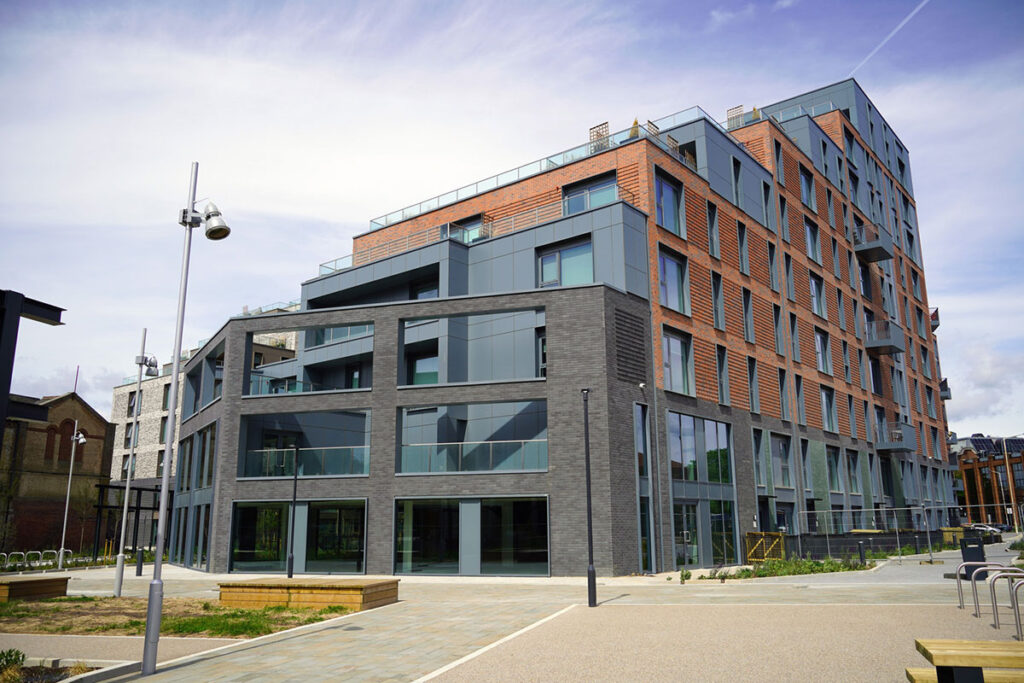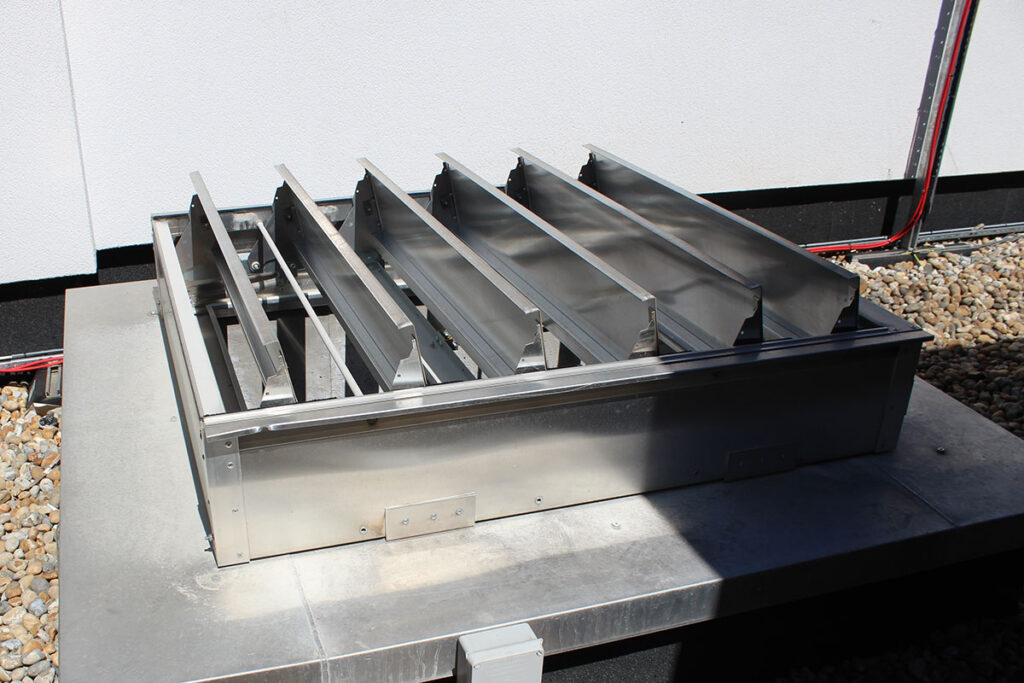When was BS 9991 First Developed?
Developed by the British Standards Institute (BSI), British Standard 9991 (Fire safety in the design, management, and use of residential buildings) was first published in 2011, and primarily developed to supplement BS9999 (Code of Practice for fire safety in Buildings’ design, management, and use). Following its initial release, BS 9991:2011 was preceded by BS 9991:2015 and is now due for the release of an update following a lengthy consultation period which saw a draft version released in 2021 (BS 9991:2021 draft).
What is BS 9991:2015’s Purpose?
The primary function of BS 9991:2015 is to provide suggestions and advice on the design, administration, and utilisation of smoke ventilation systems to ensure that residential structures meet acceptable fire safety requirements for occupants and firefighters. It is regarded as a valid method of following the advice in Approved Document B.
Where is BS 9991:2015 Applicable?
BS 9991 offers fire safety management recommendations for buildings throughout their entirety. It applies to the design of new construction as well as to the substantial renovations, additions, and major changes in the use of existing structures.
The guidelines apply to dwellings (single-family homes, independent apartments, or maisonettes), residential properties with kitchens and separate bedrooms (such as student housing), and to specialised housing. Fire detection, alarm systems, and fixed fire-fighting systems are a few of the fire safety systems covered by BS 9991:2015.
The Latest Changes to BS 9991:2015
It’s anticipated that BS 9991:2015 will undergo some substantial modifications; a draught of what these changes would include has already been published (BS 9991:2021). The following are some of the adjustments that we believe will most likely be made in the upcoming version and ones that you should keep in mind for future projects:
- The installation of evacuation elevators in every residence that a residential lift serves.
- Placing a designated lift lobby in front of the staircase and residential corridor.
- To accommodate open-plan construction and escape pathways, we anticipate the inclusion of a defined distance for hob clear space. According to the proposed standard, this is between 1.8 and 0.9 metres from the hob, with an additional 0.9 metres for a wheelchair access escape path.
- New information on split stairs within a tall, single-stair building.
- The proposed standard calls for premises information boxes in buildings exceeding 11 metres and signs directing people to escape routes. It is taken directly from ADB.
- The installation of an evacuation alarm system in accordance with BS 8629 in buildings exceeding 18 metres.
- The standard refers to the most recent BS9251 standard for residential sprinklers, which also calls for the installation of sprinklers in hallways and sterile spaces.
Other Possible Amendments to BS 9991:2015
The following modifications are important to note even though they will probably require more debate on the panels after the review:
- Residential buildings over 18m should be provided with two stairs with mechanical ventilation or a single stair where the stair, lift and lift lobby will be protected with a pressurisation system and the corridor served by separate smoke ventilation (natural or mechanical) system.
Note; If mechanical, the make-up/replacement air cannot be provided through the head of the stair and lift lobby.
The items mentioned above are those that we’ve identified as critical design adjustments. There are some other technical changes connected to the maintenance of fire safety and smoke venting equipment.
When Will the Updated BS 9991 be Released?
It was initially expected that the updated version of BS 9991 would be released in late Autumn 2022, however, this time has now long passed. Unfortunately, we do not have a new expected release date, however, we are optimistic that it will be in early 2024. In the meantime, we will continue to update the industry on BS 9991 and its status.




